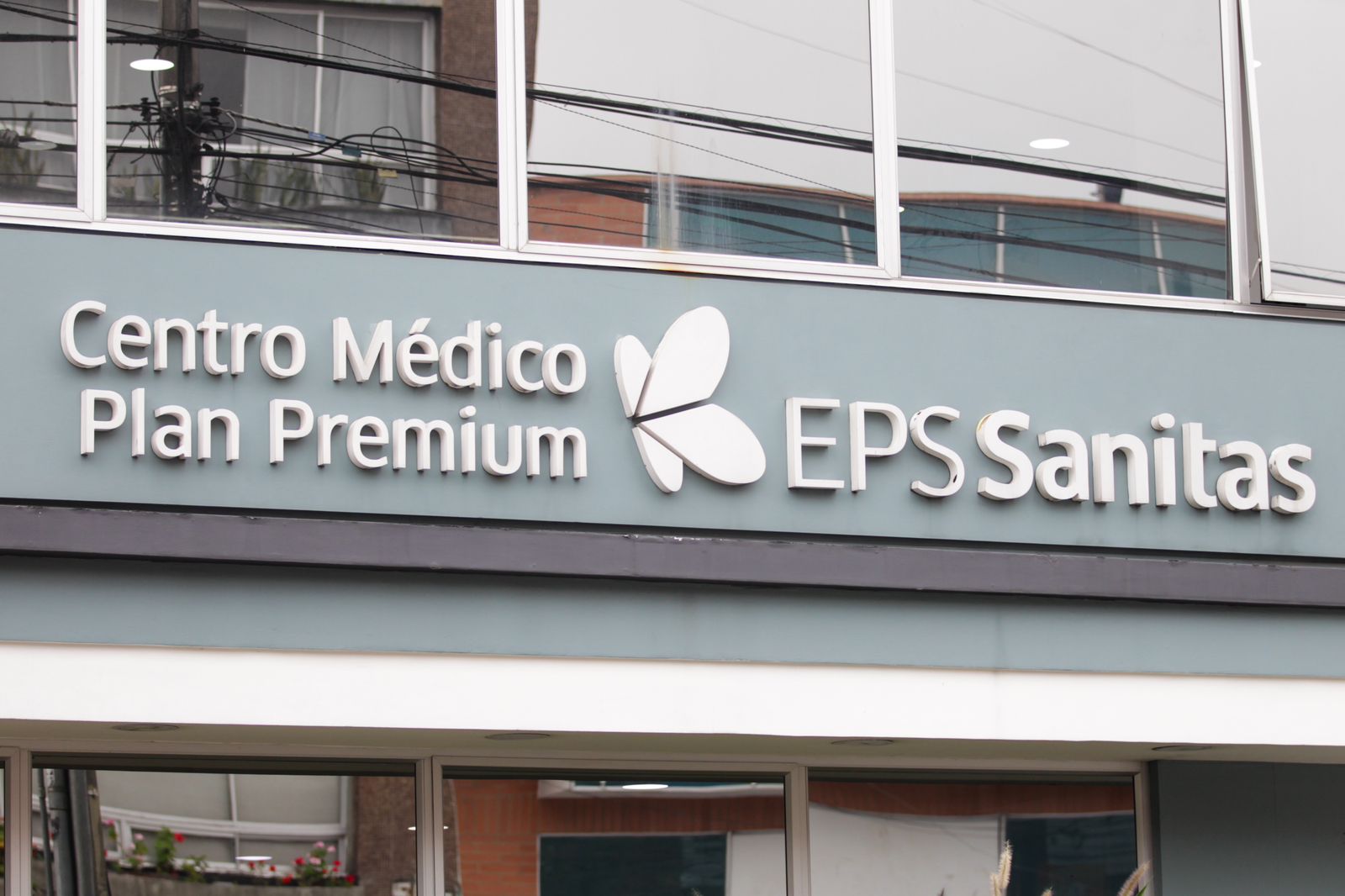The negative equity of EPSs doubled in one year: report reveals worsening health system crisis

The negative equity of EPSs for the first quarter of 2025 doubled compared to the same period last year. This was revealed by the Así Vamos en Salud observatory in its most recent "Financial and Portfolio Analysis of EPSs," in what the report describes as "a progressive structural deterioration in the financial conditions" of these entities.
The analysis, based on official information from the National Health Superintendency and the Ministry of Health and Social Protection, shows a sustained decline in assets, growing operational losses, and a non-performing loan portfolio "of critical magnitude, especially among the intervened EPSs." According to the researchers, this severely impacts the flow of resources to health service providers, impacting the continuity and quality of care for millions of Colombians and jeopardizing the viability of the country's health insurance system.
Thus, the financial balance of the country's 23 EPS records a negative net worth of $10.2 trillion pesos , which is almost double the amount recorded in the first quarter of 2024, when the insurers reported negative net worth of $5.3 trillion pesos.
But the situation is even more alarming considering that this negative equity for the first quarter of 2023 was $2.3 trillion pesos (four times less than the current figure) and for the same period in 2022 it was $429 billion. In other words, the EPS's equity deficit grew by approximately 2,277 percent compared to three years ago.
This indicator is critical, as equity represents an entity's financial backing capacity to absorb losses, ensure financial sustainability, and meet its obligations.
According to the analysis, this "asset deterioration seriously compromises the system's solvency and reflects the lack of financial support to meet financial and operational obligations, putting the stability of the health system at risk."
Regarding the operating results of insurers, that is, the difference between revenues and costs directly related to insurance activity, this also shows a critical situation.
The EPS shows losses of $1 trillion in the first three months of the year, while in the same period last year, losses were $535 billion pesos, that is, they doubled.
Researchers maintain that the system's poor financial performance is primarily due to the fact that the income received through the Capitation Payment Unit (UPC) is not sufficient to cover medical and administrative costs.
"These indicators reflect an unsustainable situation in which the EPS, even with extraordinary income, are unable to cover their expenses," the report states.
Specifically, the decline over the past two years is due not only to an increase in liabilities, but also to a decrease in the entities' assets, which in 2023 totaled $22 trillion pesos and currently stand at just $16 trillion.
However, the actual results could be much more serious, as the analysis was conducted based on information reported to the Superintendency of Health and the Ministry of Health by insurers. However, financial data for 2024 and 2025 for Nueva EPS, the largest entity in the country, is missing, and its results are also believed to be negative.

Nueva EPS alerts its users. Photo: Nueva EPS Press
Regarding only the EPS currently under intervention by the Government, the observatory found that these alone (not counting Nueva EPS) have accumulated a negative equity that is also $10 billion pesos, which, on the one hand, means that there is greater financial balance in the EPS that are not currently intervened, but also that, despite the interventions, these insurers continue to accumulate significant losses, if one takes into account that a year ago their budget deficit was $5.7 billion pesos.
The EPS with the largest negative equity The five EPSs with the largest negative equity, all of which are under government intervention, are:
- Famisanar , with negative equity of 2.3 billion pesos, shows a 56% increase compared to the same quarter of the previous year, when it recorded a loss of equity of 1.5 billion.
- Emssanar , with a negative equity of 1.7 billion, shows a slight improvement compared to the previous year (1.8 billion), although it remains in the red.
- Asmet Salud reports negative equity of 1.2 billion euros, compared to 1.1 billion euros in the previous period, representing a 13% decline.
- Savia Salud goes from negative equity of 730 billion to 1.1 trillion, representing negative growth of 61%.
- Sanitas is experiencing a drastic change: while in 2024 it had positive equity of 21 billion euros, in 2025 it reported negative equity of 1.1 trillion euros, representing a change of 5,702%. This abrupt change reflects a critical situation that seriously compromises its financial sustainability.

Facade of the Sanitas EPS in Bogotá. Photo: César Melgarejo/ El Tiempo
Regarding EPS accounts payable and IPS accounts receivable, it was found that as of December 2024, the total portfolio reported by EPS amounts to $27.6 billion, of which 91.5% is overdue (more than 60 days late).
Thus, under the contributory regime, EPSs report $19.8 billion in debt and IPSs $31.7 billion in debt, while under the subsidized regime, EPSs owe $7.7 billion and IPSs are claiming $10.7 billion.
The report states that "the default rate directly affects the liquidity of hospitals and clinics and jeopardizes the continuity of care for millions of users."
In response, the Así Vamos en Salud observatory called on the government to comply with the Constitutional Court's orders demanding the protection of the fundamental right to health, as well as to activate liquidity injection mechanisms to guarantee the flow of resources to providers.
MATEO CHACÓN ORDUZ | Life Subeditor
eltiempo





